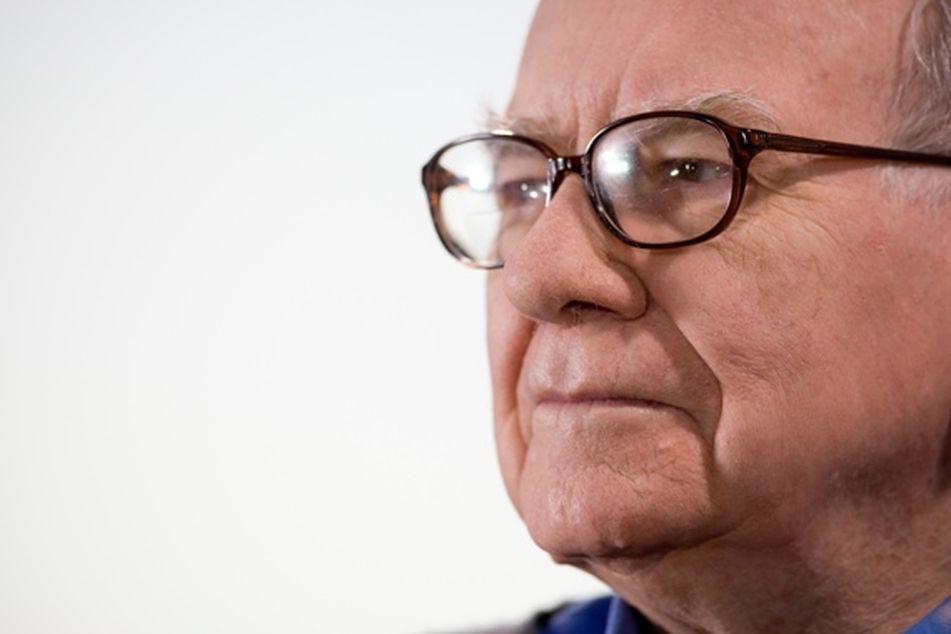Son of Buffett: Five-star fund follows the Oracle’s lead

Cook & Bynum mimic value style of Berkshire boss; few stocks make the cut
As a portfolio manager, Richard Cook refuses to pretend he has the time, energy or resources to track and analyze thousands of individual stocks.
Therefore, he limits his analysis to “hundreds of names” so he can invest in about a dozen stocks in the highly concentrated Cook & Bynum Fund Ticker:(COBYX).
The fund, which hit its three-year anniversary in July and has since been awarded a five-star rating by Morningstar Inc., is modeled after a strategy employed by Cook & Bynum Capital Management since 2001.
It might be difficult to find a more straightforward strategy in an active mutual fund. “We’re as pure a value-investing philosophy as anyone in the value-investing world,” he said. “We’ll go anywhere in the world, in any market cap size, but we only invest in our circle of competence.”
The competence, which Mr. Cook adheres to along with business partner and co-manager Dowe Bynum, follows strategies employed by such value-investing gurus as Warren E. Buffet, Benjamin Graham and Charlie Munger.
“The origin of our strategy is unabashedly trying to copy their teachings,” Mr. Cook said.
“At one point in 1974, Charlie Munger owned just three stocks,” he added. “And Warren Buffet has acknowledged several times that 20 of his investment decisions have made up 90% of his net worth.”
The fund, which is anchored by a 20% weighting in Wal-Mart Stores Inc. Ticker:(WMT), currently includes just eight positions, along with a 30% allocation to cash, according to the most recent public filing.
“We think its part of our job to not put capital at risk, so our cash position is totally a function of the number of opportunities we’ve found,” Mr. Cook said. “If we are fully invested, we will have between 12 and 15 positions in the fund, but there were a couple of strange periods since 2001 when we had just three stocks.”
As might be expected, the concentrated strategy includes holding periods that average more than four years.
The foundation of the research process involves a focus on companies with a “durable competitive advantage” that allows them to earn an “outsized return on capital over time,” Mr. Cook said.
He used Microsoft Corp. Ticker:(MSFT) as an example. “They have a number of lines of business that we feel are much stickier than a lot of people give them credit for,” he said. “Windows, for example, is a solid base that people will always use.”
Another example from the portfolio is Procter & Gamble Co. Ticker:(PG). “People perceive Tide laundry detergent, as well as a number of other Procter & Gamble products, to be the best,” Mr. Cook said. “And many of those products are the best, but they also spend a lot of research and development to continue to improve.”
Of course, as value investors, the co-managers also focus on price. “The key to everything we do is buying a business at a big discount to its intrinsic value,” Mr. Cook said.
It is also a philosophy at the $225 million asset management boutique to back its PMs’ beliefs to the hilt. The co-managers at the firm have virtually all of their net worth invested in the fund.
“We try to design a strategy that is the best over a 30-year period of time, while a lot of strategies are only designed for this year or next,” Mr. Cook said. “We define risk by what the chances are of a permanent loss of capital, so this is more business risk than market risk, and that’s why we’re comfortable with that level of exposure.”
The fund has gained 14.6% so far this year, which compares to 13.3% gain by the S&P 500, and an 11.3% gain by the large-cap-blend category as tracked by Morningstar.
Portfolio Manager Perspectives are regular interviews with some of the most respected and influential fund managers in the investment industry. For more information, please visit InvestmentNews.com/pmperspectives .
Learn more about reprints and licensing for this article.








